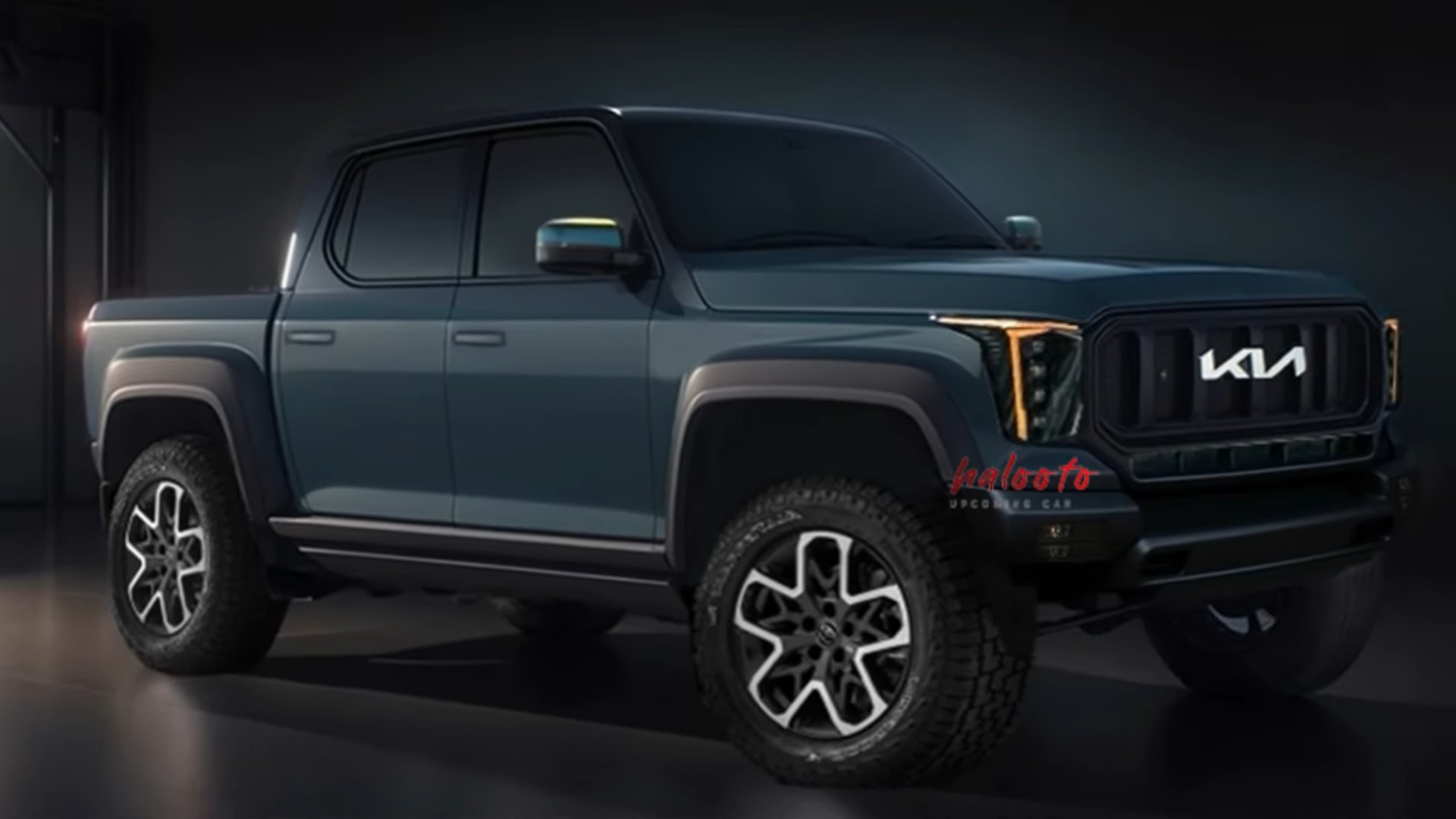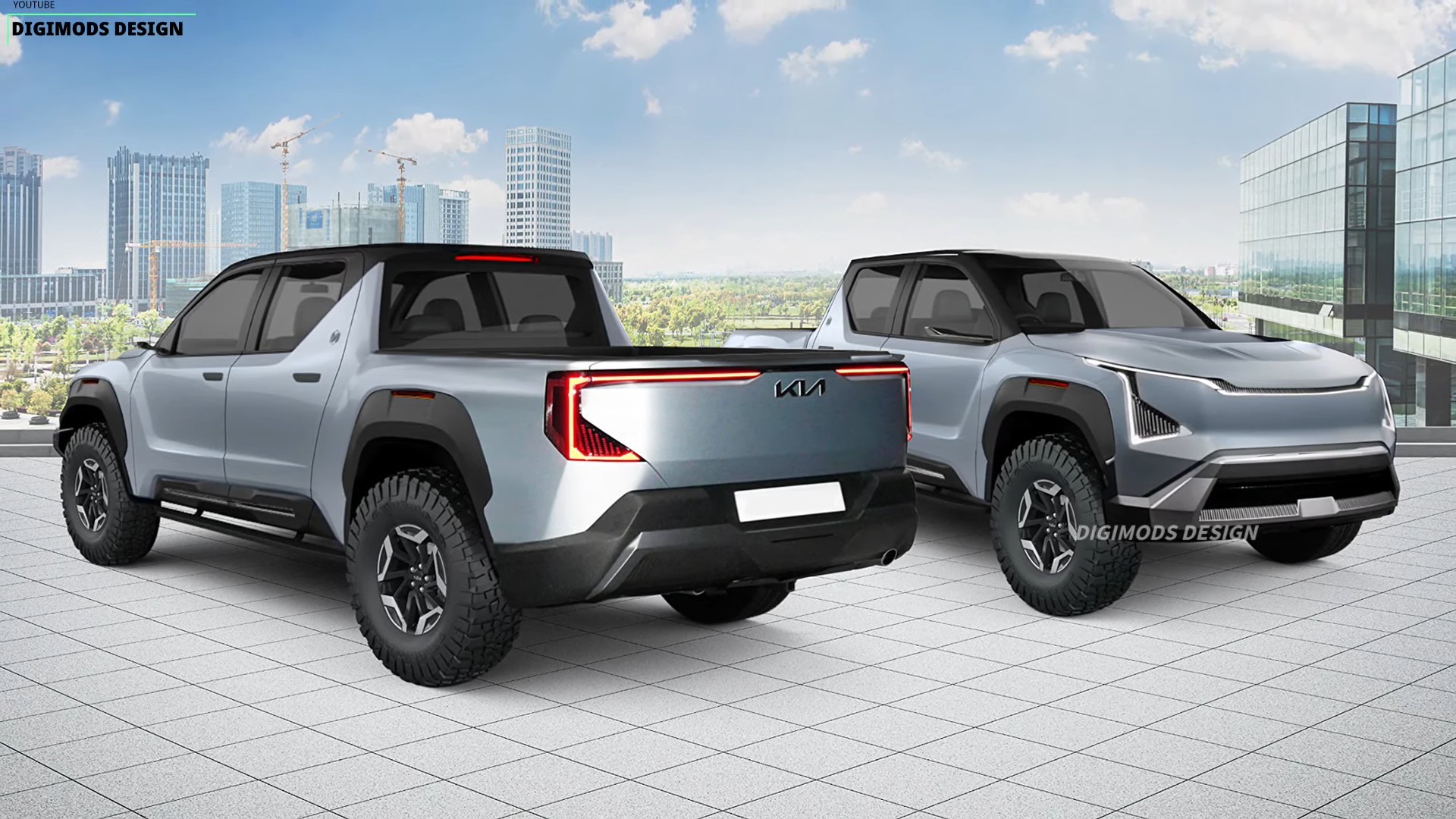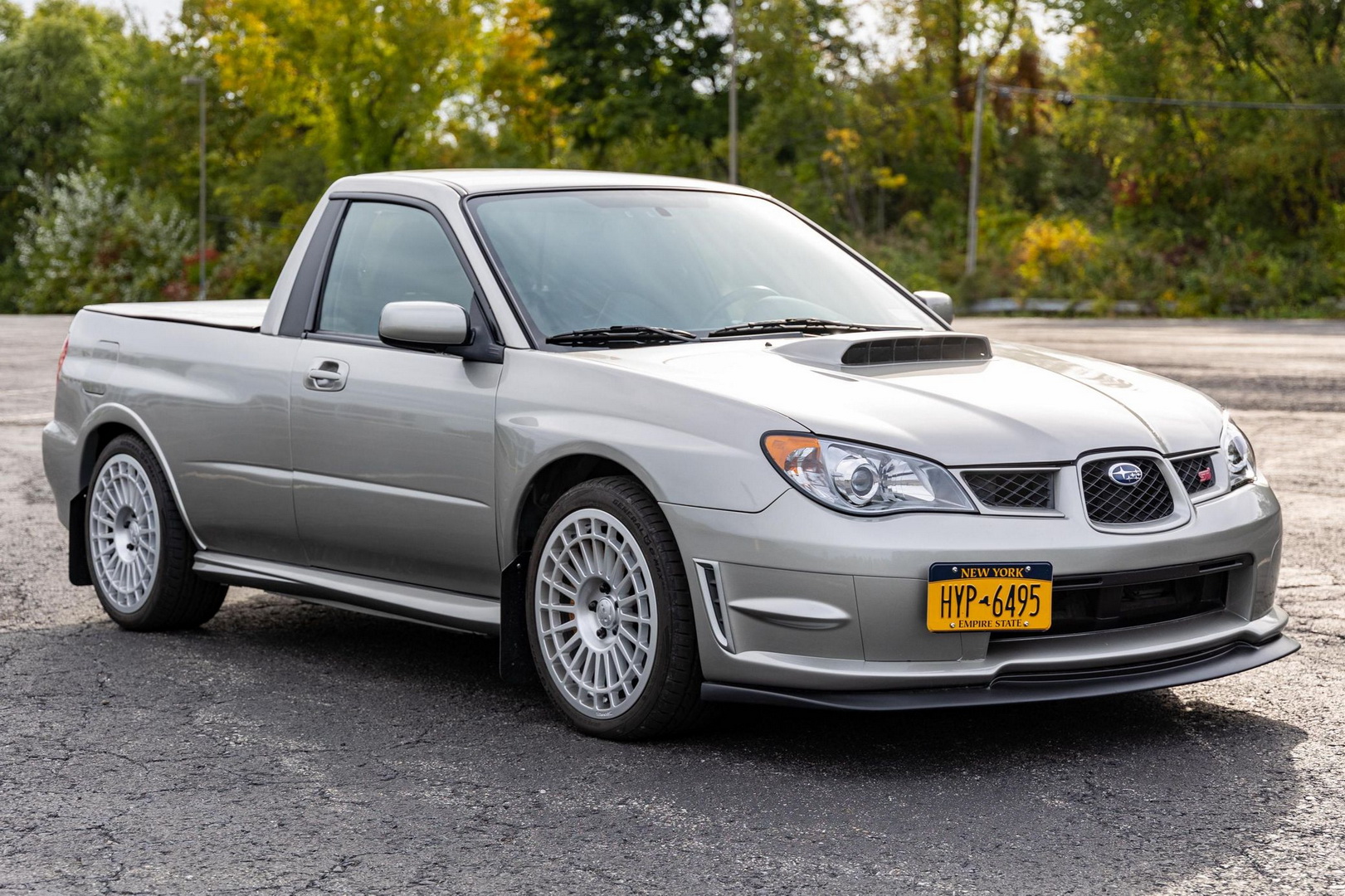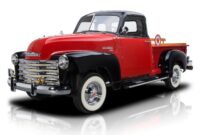Pickup Trucks Under $2000: Navigating the Budget Frontier pickup.truckstrend.com
For many, the idea of owning a pickup truck conjures images of rugged utility, hauling capabilities, and an undeniable sense of freedom. But what if your budget is strictly under $2000? While it might seem like an impossible dream in today’s inflated vehicle market, acquiring a functional pickup truck for this price point is indeed possible. However, it’s not without its unique set of challenges and considerations. This comprehensive guide will delve into the world of pickup trucks under $2000, providing practical advice, detailing what to expect, and helping you make an informed decision on your journey to budget-friendly truck ownership.
An Introduction to the Under-$2000 Truck Market
Pickup Trucks Under $2000: Navigating the Budget Frontier
The phrase "Pickup Trucks Under $2000" refers to a segment of the used vehicle market where the primary driving factor is extreme affordability. These aren’t pristine, low-mileage machines. Instead, they are typically older models, often from the late 1980s to early 2000s, with high mileage, visible wear and tear, and almost certainly some mechanical quirks or outright issues.
The relevance of this market is significant for several groups:
- Budget-Conscious Buyers: For those who need a truck for occasional hauling, yard work, or as a secondary vehicle without breaking the bank.
- Aspiring Mechanics/Project Enthusiasts: A sub-$2000 truck can be an excellent learning platform for DIY repairs and automotive restoration.
- Farm/Utility Use: Often, these trucks find a second life as dedicated workhorses on private property, where aesthetics and modern features are secondary to pure functionality.
- Students/First-Time Owners: A cheap truck can serve as a stepping stone, providing basic transportation and utility while minimizing financial risk.

Understanding this niche means embracing compromise and focusing on core functionality over creature comforts. It’s about finding a diamond in the rough, or more realistically, a usable workhorse that just needs a bit of elbow grease and a realistic expectation of its capabilities.
Why Consider a Truck Under $2000?
While the challenges are evident, there are compelling reasons to explore this segment:
- Unbeatable Affordability: This is the primary draw. For the price of a few months’ car payments, you can own a vehicle with significant utility.
- Low Depreciation: Since the truck is already at the bottom of its depreciation curve, you won’t lose much money on its value, even if it eventually breaks down.
- Simpler Mechanics: Older trucks often feature less complex electronic systems, making them easier and cheaper to diagnose and repair for the DIY enthusiast.
- Practical Utility: Even a rough-around-the-edges truck can haul lumber, tow a small trailer, or transport dirty items that you wouldn’t want in a car.
- Learning Opportunity: For those interested in automotive repair, buying a cheap truck provides a low-stakes environment to learn mechanical skills.


What to Expect When Buying a Truck Under $2000
Managing expectations is crucial. A truck at this price point will inevitably have a storied past.
- High Mileage: Most trucks in this range will have well over 150,000 miles, often exceeding 200,000 or even 300,000 miles.
- Cosmetic Imperfections: Dents, dings, faded paint, rust (especially on the body panels, fenders, and bed), torn seats, cracked dashboards, and general interior wear are standard.
- Mechanical Issues: Expect some "check engine" lights, fluid leaks (oil, power steering, transmission), noisy suspension components, worn tires, weak brakes, or a transmission that shifts roughly. Air conditioning or heating might be non-functional.
- Limited Features: Don’t expect power windows, cruise control, working radio, or modern safety features like airbags (in very old models) or ABS.
- Potential for DIY Repairs: To keep costs down, you’ll likely need to perform some maintenance and repairs yourself, or budget significantly for a mechanic.
Key Models to Look For
Certain truck models earned reputations for durability and simpler mechanics, making them better candidates for budget-conscious buyers. Focus on models from the 1990s to early 2000s.
- Ford F-150 (8th-10th Generation, 1987-2003): These are plentiful, parts are cheap and widely available, and their 4.9L inline-six (in older models) or 4.6L/5.4L V8 engines are known for longevity if maintained.
- Chevrolet C/K Series (GMT400, 1988-1998) / Early Silverado (GMT800, 1999-2006): Similar to Fords, these GM trucks are ubiquitous. The 4.3L V6, 5.0L, and 5.7L (350) V8 engines are robust. Watch for rust around the wheel wells and rocker panels.
- Dodge Ram (2nd Generation, 1994-2001): The 5.2L and 5.9L Magnum V8s are strong, but these trucks can suffer from transmission issues (particularly the automatic 46RE/47RE) and dashboard cracking.
- Ford Ranger / Mazda B-Series (Various Generations): These compact trucks are generally reliable and fuel-efficient for their size. The 2.3L/2.5L 4-cylinder and 3.0L/4.0L V6 engines are common. Rust can be an issue, especially in northern climates.
- Chevrolet S-10 / GMC Sonoma (Various Generations): Another popular compact option, similar to the Ranger. The 2.2L 4-cylinder and 4.3L V6 engines are common.
Avoid highly specialized or rare models, as parts availability and repair costs can quickly exceed your initial savings.
The Inspection Process: Crucial Steps
Before handing over your cash, a thorough inspection is paramount. Assume nothing is perfect.
- Visual Walk-Around (Exterior):
- Rust: Critical. Check frame rails, brake lines, fuel lines, cab corners, rocker panels, wheel wells, and bed. Surface rust is common; severe structural rust is a deal-breaker.
- Tires: Check tread depth, uneven wear (indicates alignment or suspension issues), and cracks in the sidewalls. Tires alone can cost hundreds.
- Fluid Leaks: Look for puddles under the truck. Check engine bay for oil, coolant, power steering, or transmission fluid leaks.
- Body Damage: Assess the extent of dents, dings, and mismatched paint.
- Glass: Check for cracks in the windshield and windows.
- Interior Inspection:
- Dashboard/Seats: Look for excessive wear, tears, or cracks.
- Electronics: Test all lights (headlights, tail lights, turn signals, brake lights), horn, wipers, radio, heater, and AC (if applicable).
- Odor: Musty smells can indicate water leaks or mold.
- Under the Hood:
- Fluids: Check oil (color, level), coolant (level, color, signs of oil), brake fluid, power steering fluid, transmission fluid (on automatics, check warm, running, in neutral/park).
- Belts and Hoses: Look for cracks, fraying, or bulging.
- Battery: Check for corrosion on terminals.
- Engine Sounds: Listen for knocking, ticking, or excessive rattling.
- Test Drive:
- Cold Start: Listen for difficult starting or unusual noises.
- Engine Performance: Accelerate smoothly. Does it hesitate, bog down, or make odd noises?
- Transmission: Does it shift smoothly through all gears (both up and down)? Are there any hard jerks or slips?
- Brakes: Do they feel spongy, pull to one side, or make grinding noises?
- Steering: Does it feel loose, or does the truck pull to one side?
- Suspension: Listen for clunks or squeaks over bumps.
- Dashboard Lights: Are any warning lights (check engine, ABS, airbag) illuminated?
- Pre-Purchase Inspection (PPI): If you’re serious, spend $100-$200 to have a trusted mechanic perform a PPI. They can spot issues you might miss and provide a repair estimate, which can be a powerful negotiation tool.
Common Repairs and Maintenance to Budget For
Even after a good inspection, anticipate some immediate or near-future repairs.
- Fluids and Filters: Oil change, transmission fluid, differential fluid, coolant flush, power steering fluid, air filter, fuel filter. (DIY: $50-150)
- Tires: If worn or old. (DIY/Professional: $300-800+)
- Brakes: Pads, rotors, possibly calipers or lines. (DIY: $100-300, Professional: $300-800+)
- Belts and Hoses: Serpentine belt, radiator hoses, heater hoses. (DIY: $50-150, Professional: $150-400)
- Spark Plugs/Ignition Coils: Improves engine performance and fuel economy. (DIY: $50-200, Professional: $200-500)
- Suspension Components: Shocks, struts, ball joints, tie rods. Can be costly. (DIY: $100-400 per axle, Professional: $300-1000+)
- Rust Repair: Minor rust can be treated, but extensive structural rust requires professional welding and is often uneconomical.
Always budget an additional $500-$1000 on top of the purchase price for immediate necessary repairs and unforeseen issues.
Finding the Deal: Where to Look
- Online Marketplaces: Craigslist, Facebook Marketplace, OfferUp. These are prime hunting grounds. Be quick to respond and prepared to travel.
- Local Classifieds/Newspapers: Less common now, but still occasionally yield local gems.
- Word-of-Mouth: Tell friends, family, and mechanics you’re looking for a cheap truck.
- Public Auctions: Risky for beginners. Vehicles are sold "as-is," often without opportunity for test drives or thorough inspection. Only for experienced buyers.
- Mechanic Shops: Sometimes mechanics know of customers looking to offload older vehicles they don’t want to repair.
Potential Challenges & Solutions
- Safety Concerns: Older trucks lack modern safety features. Ensure basic components like brakes, tires, lights, and steering are in good working order.
- Reliability for Daily Driving: A truck under $2000 is unlikely to be a reliable daily driver without significant investment. Have a backup plan or only use it for specific tasks.
- Parts Availability: For very old or less common models, finding specific parts might be challenging. Focus on popular models where parts are abundant.
- Unexpected Costs: Always budget for the unexpected. A $2000 truck can quickly become a $4000 truck if major repairs are needed.
- Emissions Testing: In some areas, older vehicles might struggle to pass emissions tests. Research local regulations before buying.
Solutions: DIY repairs, finding a trusted independent mechanic, focusing on well-supported models, and maintaining a realistic repair budget.
Tips for Longevity and Value
Once you’ve acquired your budget truck, prolonging its life and maximizing its utility comes down to consistent effort.
- Regular Maintenance: Stick to an aggressive maintenance schedule. Change oil and filters frequently.
- Address Issues Promptly: Don’t let small problems fester. A minor leak can become a major repair if ignored.
- Rust Prevention: Wash the truck regularly, especially in winter climates. Consider applying rust-inhibiting coatings.
- Learn to DIY: Invest in a good set of tools and a repair manual (Haynes or Chilton). YouTube tutorials are invaluable.
- Don’t Overload: Respect the truck’s age and condition. Don’t push it beyond its reasonable limits for towing or hauling.
- Keep Records: Document all maintenance and repairs. This helps with future troubleshooting and adds value if you decide to sell.
Example Models and Expected Conditions Under $2000
This table illustrates what kind of condition and common issues you might encounter for popular models in this price range. Prices are highly variable based on location, seller, and exact condition.
| Model (Typical Year Range) | Expected Mileage (Miles) | Common Condition & Issues | Best Use Case |
|---|---|---|---|
| Ford F-150 (1987-2003) | 180,000 – 300,000+ | Significant rust (fenders, cab corners, frame), worn interior, minor fluid leaks, potentially worn suspension, AC non-functional. | Work truck, project vehicle, light hauling |
| Chevy C/K 1500 / Silverado (1988-2006) | 180,000 – 300,000+ | Rust (rocker panels, bed sides), dash cracks, transmission slip (older automatics), engine oil leaks, worn seats. | Farm truck, utility, budget hauler |
| Dodge Ram 1500 (1994-2001) | 160,000 – 250,000+ | Dash cracks, transmission issues (46RE/47RE), steering play, exhaust leaks, body rust (fenders/doors). | Project, occasional heavy hauling (if transmission okay) |
| Ford Ranger / Mazda B-Series (1993-2011) | 150,000 – 250,000+ | Frame rust, minor engine oil leaks, worn suspension, interior wear, small dents. Often better body condition due to smaller size. | Light duty, fuel economy focus, personal project |
| Chevy S-10 / GMC Sonoma (1994-2004) | 150,000 – 250,000+ | Frame rust, minor engine issues (e.g., intake manifold gasket on V6), worn interior, electrical gremlins. | Light duty, basic transportation, compact hauling |
Frequently Asked Questions (FAQ)
Q1: Can a truck under $2000 be a reliable daily driver?
A1: Generally, no, not without significant additional investment in repairs and maintenance. These trucks are best suited as secondary vehicles, work trucks, or projects. Expect breakdowns and budget for them.
Q2: How much should I budget for repairs after buying a $2000 truck?
A2: A realistic budget would be an additional $500-$1000 immediately for essential repairs and fluids, and then prepare for ongoing maintenance costs that could average $500-$1000 annually, depending on your DIY skills.
Q3: What’s the biggest risk when buying a truck under $2000?
A3: The biggest risks are significant structural rust (especially on the frame), major engine or transmission failure, and undisclosed salvage titles. A pre-purchase inspection by a mechanic is crucial to mitigate these risks.
Q4: Should I buy a truck with a check engine light on?
A4: Only if you’re prepared to diagnose and fix the issue. A check engine light can indicate anything from a loose gas cap to a failing catalytic converter or major engine problem. Get the code scanned before buying to understand the potential repair cost.
Q5: Are parts hard to find for older trucks?
A5: For popular models like the F-150 or C/K series, parts are generally abundant and affordable, both new aftermarket and used from salvage yards. For less common or very old models, parts can be harder to source.
Q6: Can I tow with a $2000 truck?
A6: Yes, but cautiously. Ensure the hitch is securely mounted, the brakes are in excellent condition, and the engine/transmission are healthy. Always check the specific truck’s towing capacity and do not exceed it. For heavy or long-distance towing, invest in a more reliable vehicle.
Conclusion
The pursuit of a pickup truck under $2000 is a journey that demands patience, a willingness to get your hands dirty, and a healthy dose of realistic expectation. It’s not about finding a showroom-ready vehicle, but rather a functional, utilitarian machine that can still get the job done without emptying your wallet. By understanding what to look for, what to expect, and how to properly care for your budget-friendly workhorse, you can unlock incredible value and utility. While these trucks may lack modern comforts and infallible reliability, they offer a unique opportunity for practical ownership and the satisfaction of keeping a venerable piece of automotive history on the road. Embrace the challenge, and you might just find your perfect budget beast.


